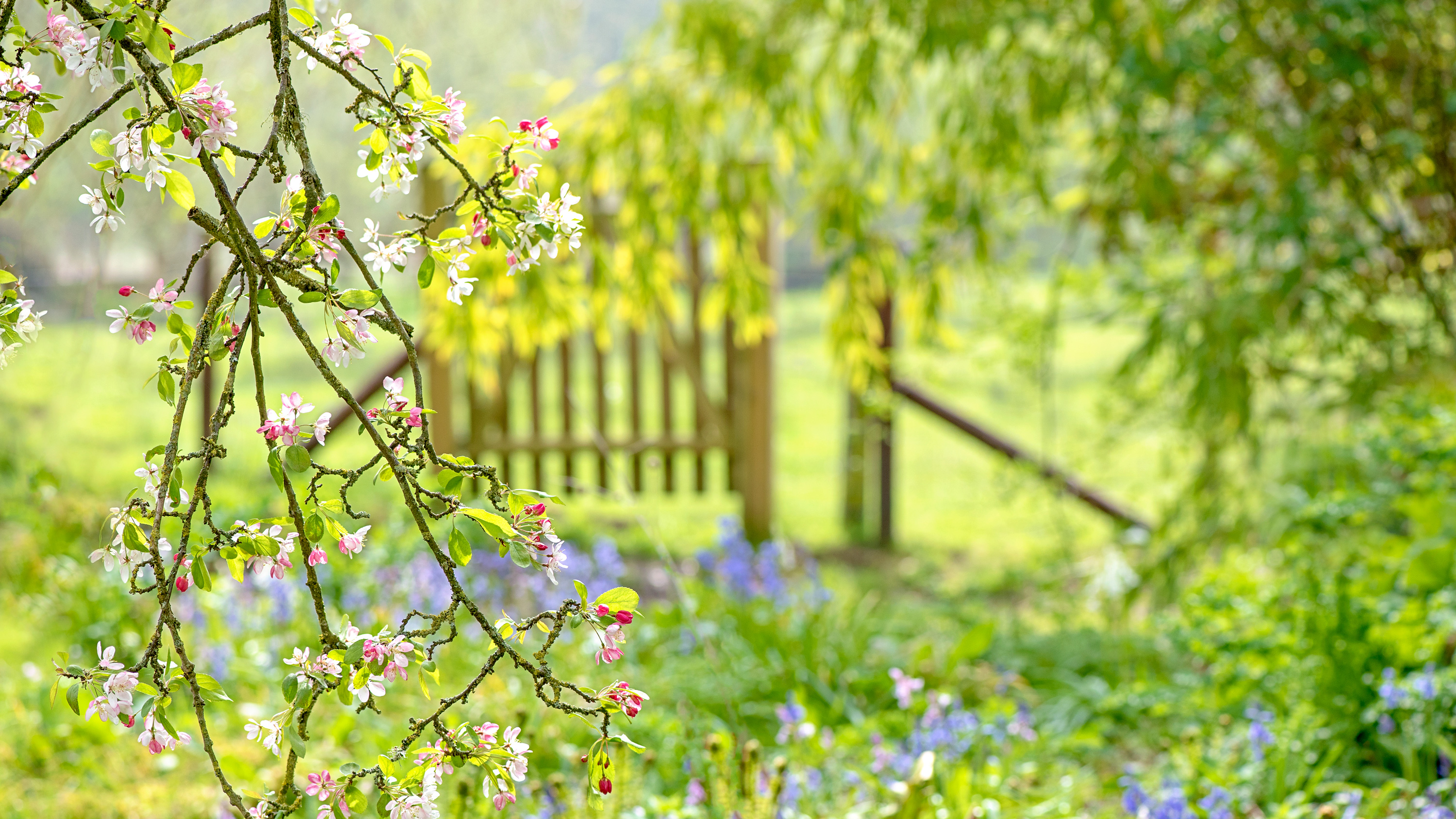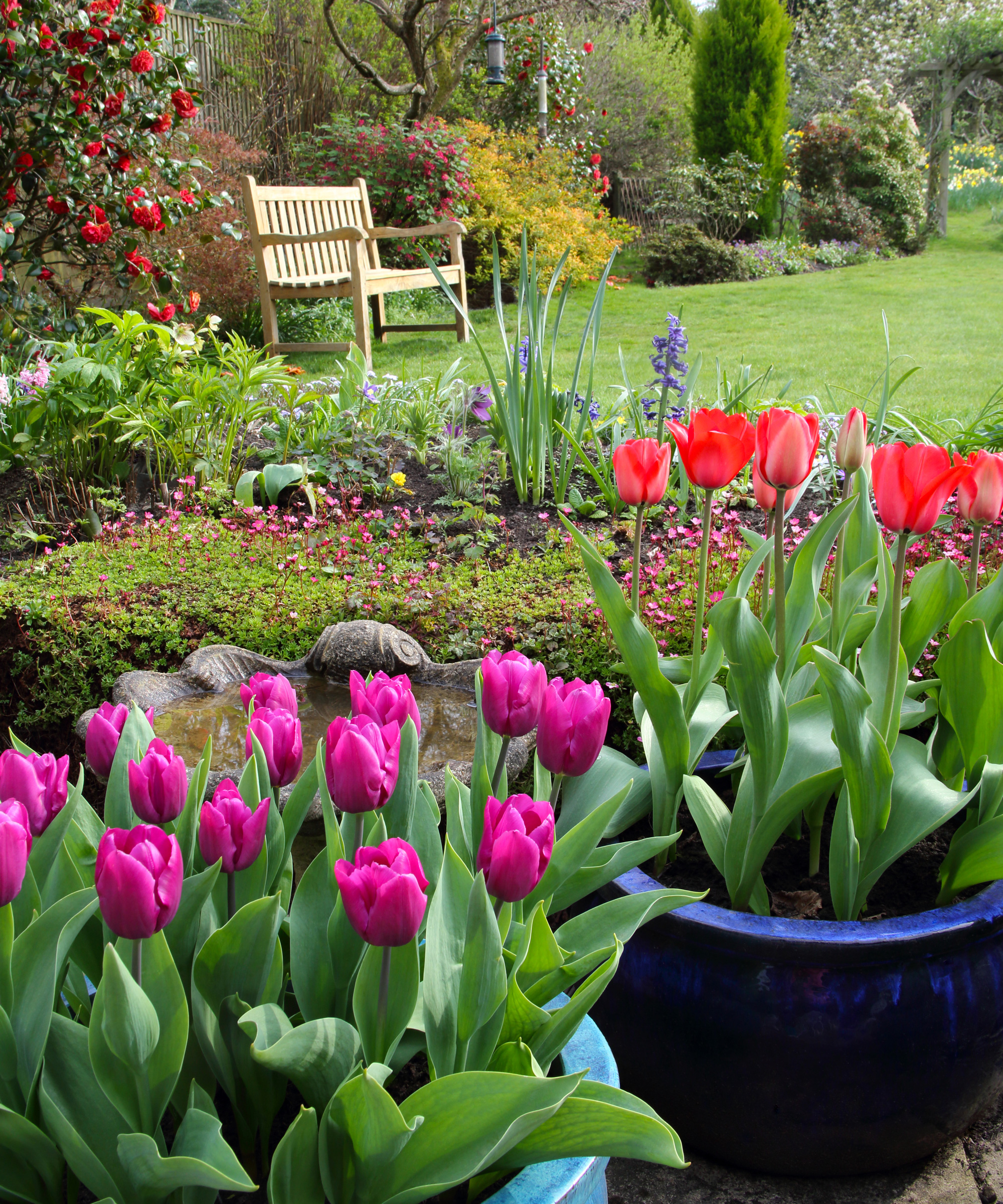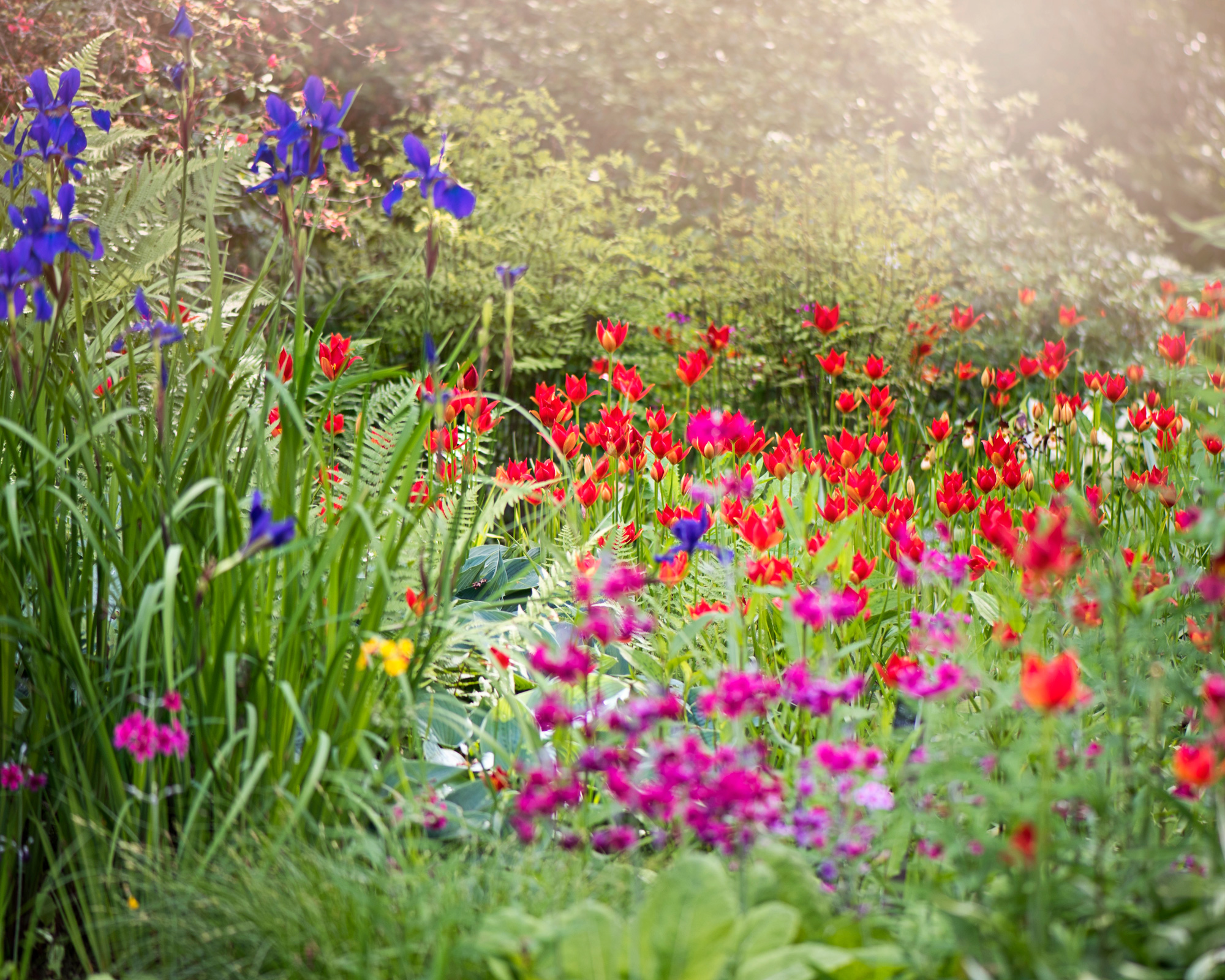These top gardening tips for spring weather changes will help your plants to cope with unpredictable weather
Spring weather changes are no reason to accept that your plants will suffer, so follow these top expert tips for protecting your plants from weather fluctuations

Spring weather changes can confuse even a seasoned gardener. When one week brings unseasonable warmth and another, a hard frost, it can be difficult to know how best to protect garden plants from the sudden temperature fluctuations. Spring is also known for uneven rain distribution, with weeks of drought often giving way to heavy rain.
However, there's no need to resign yourself to your spring garden ideas not turning out as planned. Follow these expert tips for protecting your plants against the effects of spring weather changes – it's easier than you think.
1. Hold off putting plants in the ground too soon

Colorado-based gardening expert Gardener Scott stressed this in a recent YouTube livestream answering gardeners' questions: 'You get tempted by the good weather, and you wanna jump on it,' he said. However, 'It's so much better to stick with your plan based with the climate you have. Don't be tempted to jump the gun and put the plants in too early.' So, if you know you still get frosts in April or even May where you live, 'wait that extra week or so' to eliminate any risk of frost damage to your bedding plants.
2. Protect your plants from snap frosts
Snap frosts are by far the biggest challenge throughout spring, with temperatures often plummeting just as you thought warm weather had finally arrived. If you're completely unprepared for a snap frost, simply covering your plants with whatever you've got will do, says Gena Lorraine, a gardening expert at Fantastic Services. 'You can use a bed sheet or blanket to cover your crops overnight,' she says. 'Remove the cover as soon as the sun comes up.' Removing the cover in the morning is important, because otherwise you could risk damaging your plants with condensation underneath.
As longer-term measure, mulching can't be beaten. Gena says: 'Strengthen the soil with a 2-inch layer of organic mulch around plants to protect them from frost and hold in the heat. Chopped bark, decaying leaves, or shredded plant fiber are ideal for flower beds, while dry grass clippings are best for a vegetable garden.' Learn about mulching in our guide.
And if you have a wall, bench, or fence, then elevating your plants can also help protect them: 'Cold air is heavier and moves to lower ground. It will only pass through plants that are located in elevated areas.'
3. Keep watering – but do it correctly

Even during a cold spell, plants still need water. Don't allow them to stand dry for days just because it's cold, but choose watering times strategically. Always wait until the frost has lifted before watering plants. The ideal time for watering is mid-morning – avoid lunchtime sun, which can be quite strong by mid-April and will scorch freshly watered plants.
It's also important to follow the correct watering technique. Claire Ransom, the founder of Lazy Flora says: 'Watering the soil, as opposed to the leaves or stems of the plants, during chilly weather will assist in retaining heat. Fill a watering can or sprayer with water from the tap, or water butt, and allow it to reach room temperature before use. This will reduce the shock that icy cold water can have on a plant's roots.'
Check out our spring garden jobs for more ways to get your garden in shape this season.
Anna writes about interior design and gardening. Her work has appeared in Homes & Gardens, Livingetc, and many other publications. She is an experienced outdoor and indoor gardener and has a passion for growing roses and Japanese maples in her outside space.
